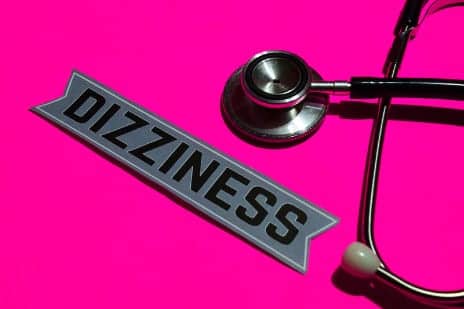A study into the accuracy, reliability and safety of the Continuous Ambulatory Vestibular Assessment (CAVA) — a new device designed to help people with dizziness problems — suggests it is 99% accurate at detecting eye flicker (nystagmus).
In the study, published recently in Scientific Reports, the CAVA device was worn by 17 participants, who did not have dizziness problems, for up to 30 days and captured 9,000 hours of eye and head movement data, totaling 405 days of data.
Researchers from University of East Anglia designed the CAVA device to be lightweight, durable, and able to be worn day and night to monitor head and eye movements to help evaluate dizziness attacks outside of a hospital setting.
Prof Stephen Cox and Dr Jacob Newman, from UEA’s School of Computing Sciences, developed algorithms to identify seconds of nystagmus from weeks of data recorded by the device.
Principal Investigator John Phillips, who is a Consultant Ear, Nose and Throat Surgeon at NNUH, says in a media release that the first phase of trialing the device had involved inducing eye flicker on healthy patients.
“Following years of development, I’m delighted that this project was successful in identifying short periods of visually induced nystagmus with a high degree of accuracy,” he states.
“The success of this trial has proven the potential of this to fulfill a clinical need and establish a new field of medicine, vestibular telemetry. These results have provided a good foundation from which to conduct a further study intended to evaluate the system’s diagnostic accuracy among patients with dizziness problems.”
“We are very pleased that our algorithms have been able to detect such small incidences of nystagmus within such a large dataset,” Dr Jacob Newman, from UEA’s School of Computing Sciences, adds in the release. “This bodes well for future work that considers nystagmus in individuals experiencing dizziness.”
[Source(s): University of East Anglia, EurekAlert]





